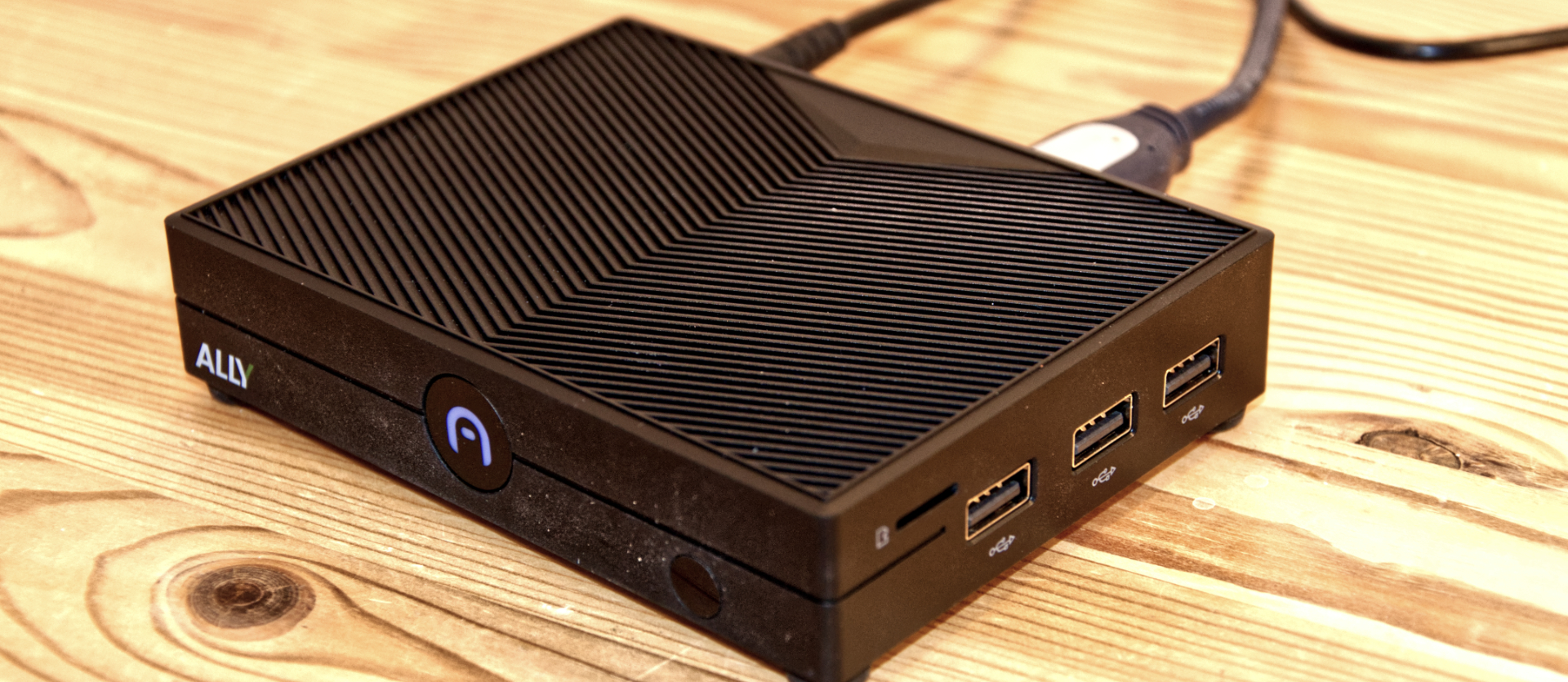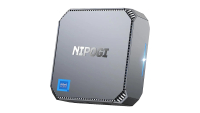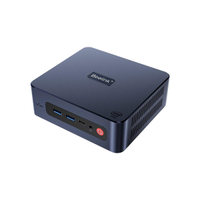TechRadar Verdict
Presented with this idea, it sounds plausible and potentially useful, but the devil is in the details. The Android distro on this machine wasn’t given much thought, and it lacks the features that most phone or tablet users would expect.
Pros
- +
Small and power-efficient
Cons
- -
No default app store
- -
No accessories
- -
Entry-level phone performance
- -
4GB RAM and 64GB storage
Why you can trust TechRadar
Azulle Ally: 30-second review
Below is a reply from Azulle that provides with an explanation as to why the device did not perform adequately in our review.
"The Azulle Ally Android PC is designed with a specific focus on enterprise solutions such as digital signage, IoT, and edge computing. It incorporates the Qualcomm 6125 processor, chosen for its reliability and performance in professional settings. The decision to use this processor, along with the fanless design and high-grade components, reflects our commitment to providing durable and efficient solutions for the enterprise market. In this review, the Azulle Ally is compared to consumer-grade devices like Android phones, tablets, and mini PCs with Rockchip processors. We believe that this comparison places our product in a context that does not accurately reflect its intended use and industry-specific features. The customized operating system, tailored for each enterprise solution, might result in differences in user interface and functionality compared to standard consumer-grade Android devices. We understand the importance of diverse opinions in reviews, and we welcome constructive feedback that can help us improve our products. However, we feel that the current review may not accurately represent the strengths and advantages of the Azulle Ally in its designated professional applications."
Below is the rest of our review.
Many have observed that Microsoft’s once vice-like grip on the world of computing has significantly slackened, allowing alternatives like Linux and its derivatives of Android and ChromeOS to take a chunk of what was once the Windows pie.
The Azulle Ally Android PC is the personification of that destiny, with technology designed for mobile devices but repackaged into the case of a Mini PC.
What’s important to realise is that all the Azulle website's images are renders, but as it's mostly constructed of plastic, the Ally doesn’t look radically different in real life.
It’s a small 5 x 3.7 x 1-inch box (125 x 93 x 25mm) with only tiny air vents on the metal underside. Inside is a Qualcomm Snapdragon 600 series ARM SoC, and on the outside are four USB ports, two HDMI, a LAN port, a MicroSD card slot and a 3.5mm audio jack.
The unit has a US outlet PSU rated for 5V at 3A (15W), and it has no accessories.
Our experience running this machine was jarring, to say the least. Installed on the Ally is a bare version of Android, and it is initially difficult to know which release since there is no system ‘About’.
There are a handful of pre-installed apps, no app store (no even a Chinese one). The only practical way to get software onto this machine is to download it from an APK site or do that elsewhere and use a USB key to make it available.
Given how far Android has come in the past decade, the Ally was a reminder of how shockingly bad it was once. The platform is QCOM, a version of Android 10, and it thinks it is running on a phone that can’t device if it’s in portrait or landscape mode.
Unless you have a simple Android app that will run on a machine with 4GB of RAM and 64GB of storage that needs to output to a monitor and be Ethernet connected, there are many tablets available that have a much better spec for this money.
Azulle Ally: Price and availability
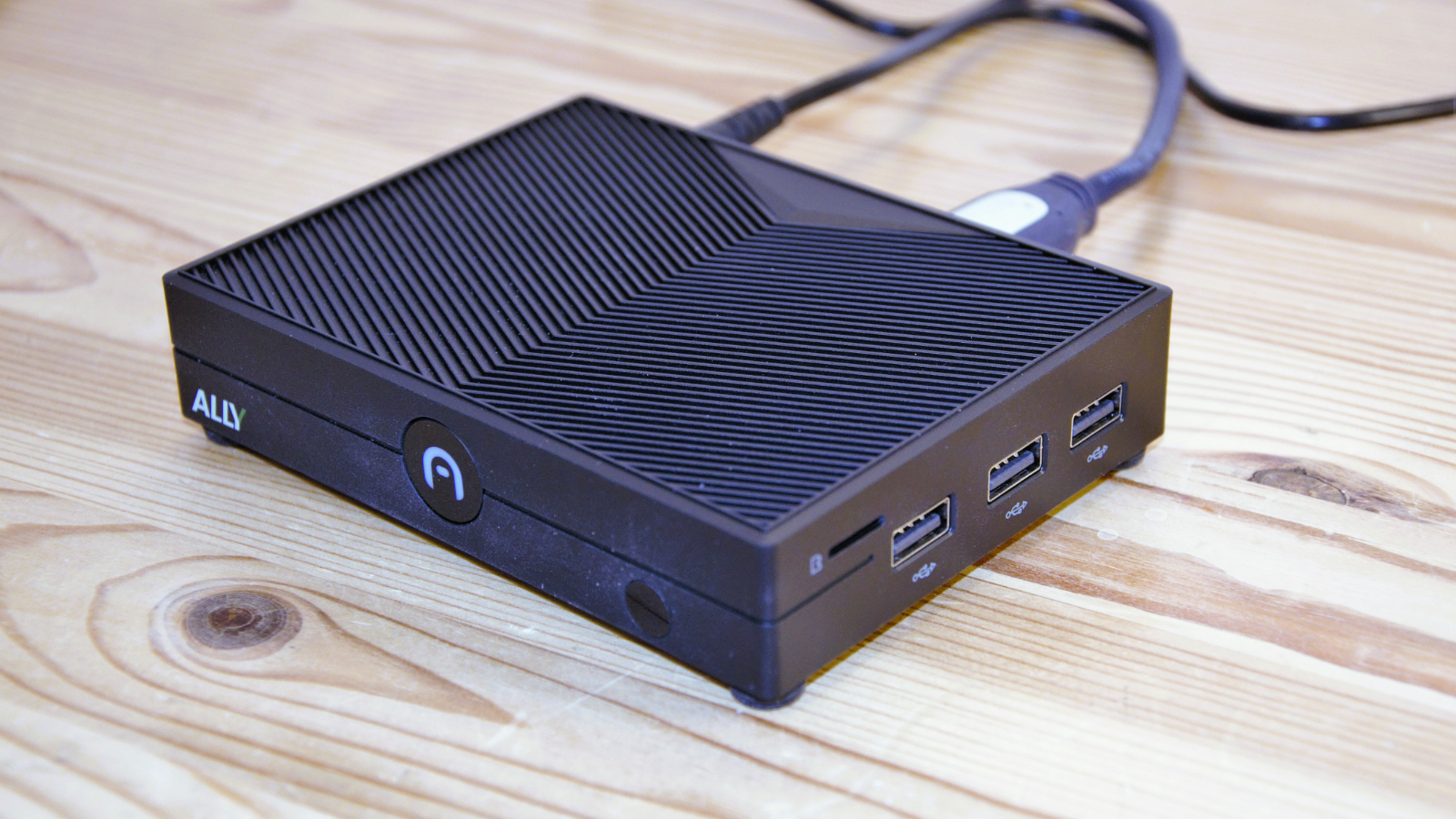
- How much does it cost? Starting from £193
- When is it out? Available now
- Where can you get it? You can get it directly from Azulle
At the time of writing, the Ally is only available from the maker, Azulle, and costs £193.
There is only one version, and it’s black.
For comparison, NiPoGi makes a Mini Desktop system, the W-11, that has 8GB of memory and 256GB of storage and costs only £140. You could install ChromeOS Flex on it to have the same capabilities but a much better experience.
Therefore, this hardware is not realistically priced.
- Value: 3 / 5
Azulle Ally: Specifications
| Item | Spec |
|---|---|
| CPU: | SM6125 Snapdragon 665 (8 cores) |
| GPU: | Adreno 610 950MHz |
| RAM: | 4GB LPDDR4X |
| Storage: | 64GB |
| Ports: | 3x USB 2.0 Type-A, 1x USB 2.0 Type-C, 2x HDMI, 1x MicroSD card slot, 1x 3.5mm Audio Jack |
| Networking: | 1GbE LAN, WiFi 5, Bluetooth 5.0 |
| OS: | QCOM (Android 10) |
| Base Power: | 15W |
| PSU: | 5V 3A |
| Dimensions: | 125 x 93 x 25mm |
Azulle Ally: Design
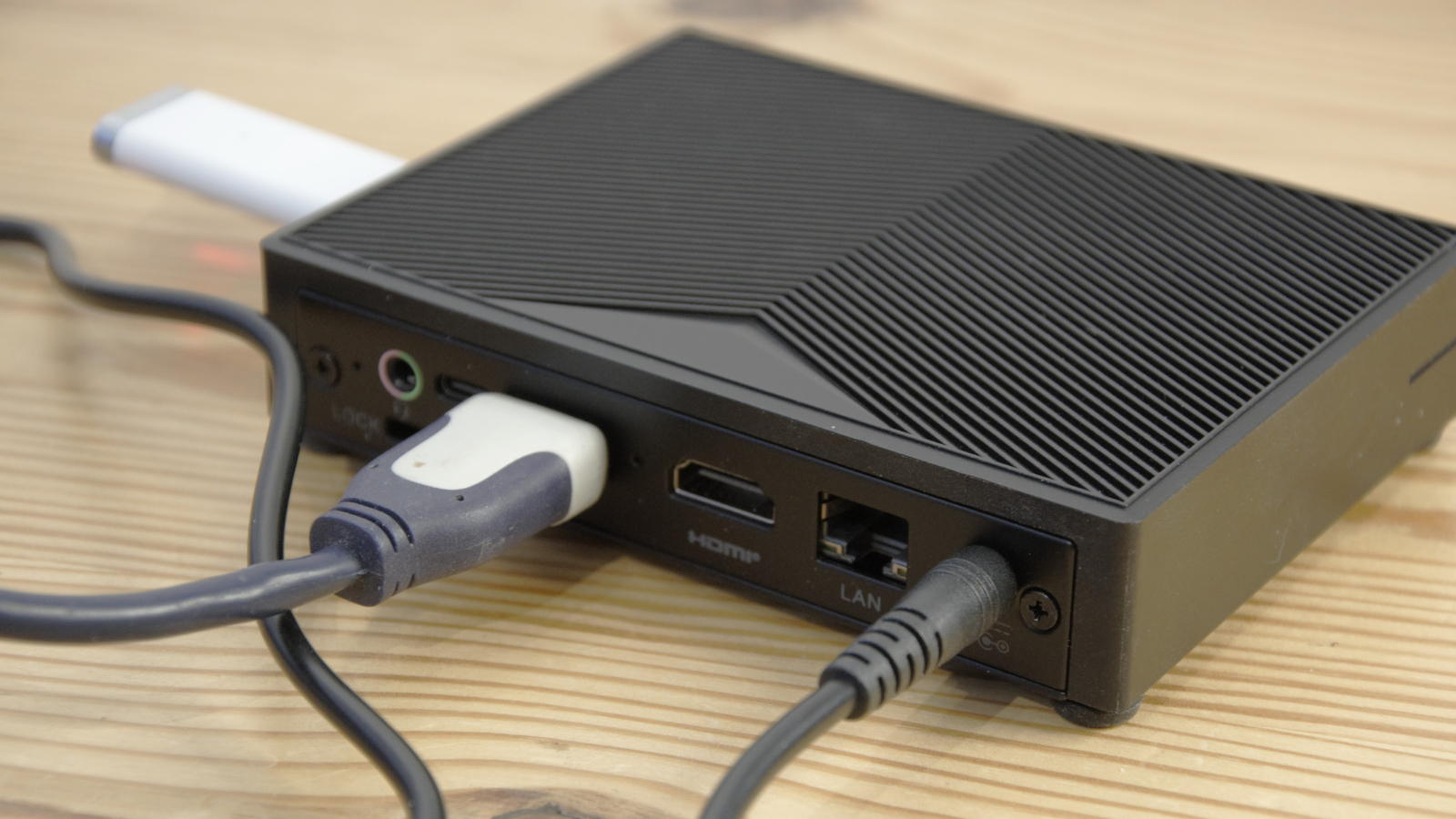
- Raw Android 10 made for a phone
- Basic construction
- No upgrades
Removing the Ally from its box, the quality of construction and the lack of accessories hinted at its lack of sophistication.
It’s a textured plastic box with no active cooling inside, a power button on the front and ports on the right and rear sides.
All the USB is 2.0, and the only nice feature is a MicroSD card slot that allows you to add storage to the limited 64GB that comes pre-installed.
That’s a valuable feature because there appears to be no practical way to upgrade this machine in any other way, as all the components are surface mounted.
Azulle might call this a Mini PC, but it’s more akin to a phone with extra USB ports and HDMI outputs, and as such, it doesn’t offer the flexibility or power that a PC can provide.
Even using phone technology, this machine might have been quite useful. But the least possible effort went into the Android 10 installation, which often talks about ‘the phone’ and even has controls like display brightness that do nothing on this hardware.
When it first launched, we assumed something was wrong. Because it had so few icons on the desktop, and the interface contained none of the usual suspects. We’ve seen fan-made versions of Android that had more inherent functionality, and the lack of an app store or the standard Google application set makes for some challenging exercises.
It is possible to side-load applications, if awkwardly, but the core of this system seems confused about what scenario it is running and if it’s a phone, a tablet or something else.
When apps are run, they can send the Ally into rotation on its side mode or bordered portrait or landscape or switch between them randomly. The number of apps that ran well was limited, and a few refused to install or run correctly.
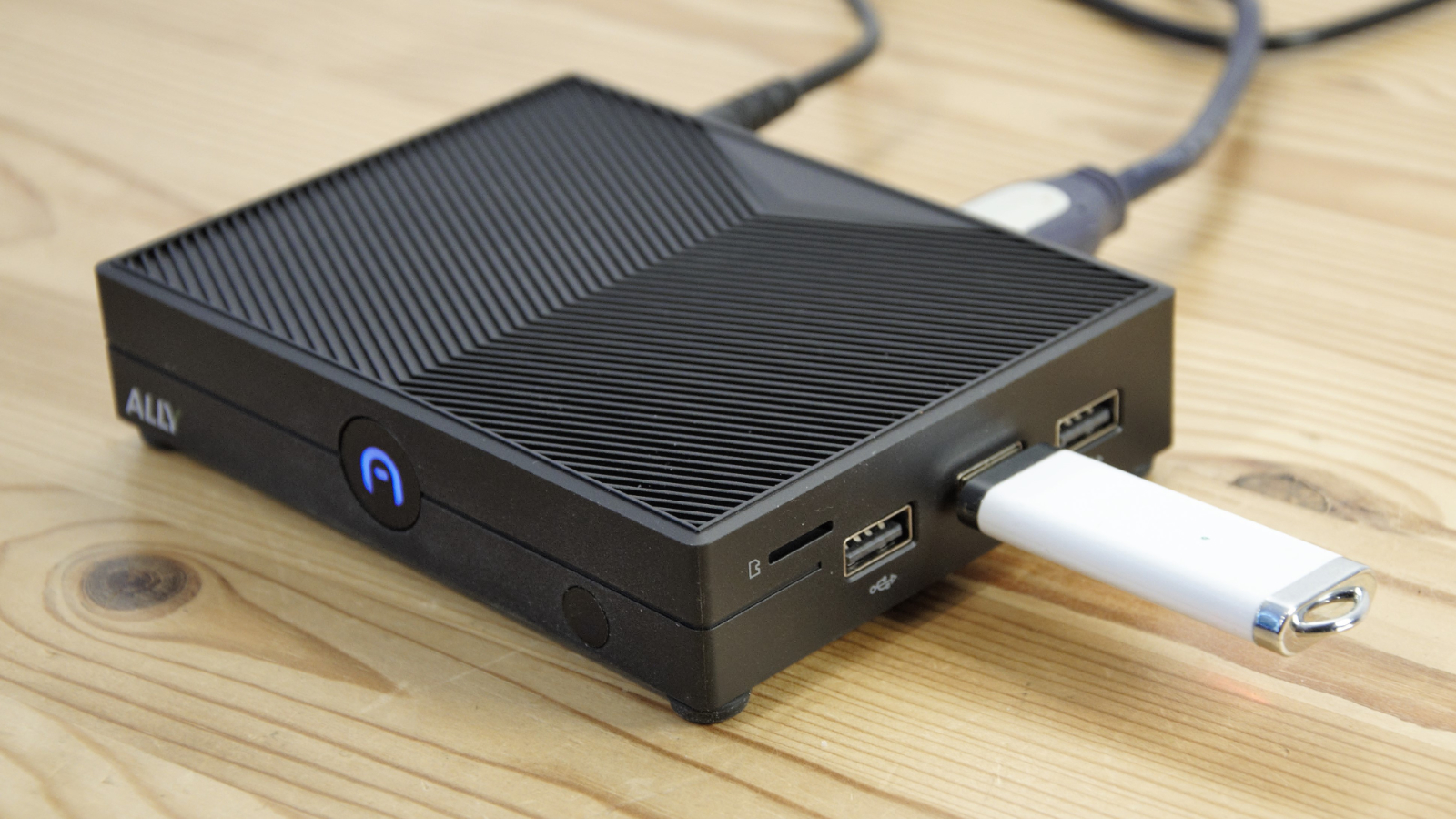
The success of Android is largely based on the application selection and how most things work on the majority of devices. And once you’ve taken those things away, there isn’t much that’s compelling about a version of Linux with no means to report the problems it patently has.
I did try to install ChromeOS Flex on it to see if it would run that acceptably, but it isn’t possible to make it boot off an external USB drive.
Unless you are an expert in writing Android apps and debugging them on a system without all the standard components, this isn’t a useful machine.
- Design: 2 / 5
Chuwi CoreBox 5th: Hardware
- Qualcomm Snapdragon 665
- Limited RAM and storage
- Only USB 2.0
Imagine that you were trapped on a desert island with a pile of electronics, and you fancied making a desktop system from phone parts. That is, in a nutshell, the Azulle Ally.
At its heart is the Qualcomm Snapdragon 665, a chip made for entry-level phones that sports eight cores in a two-pairs-of-four configuration. Half the cores are Kryo 260 Gold at 2.0 GHz, and the others are Kryo 260 Silver at 1.8 GHz. These are supported by the Adreno 610 that runs at 950MHz, a GPU not destined to be the choice of gamers.
Built on Samsung’s old 11nm FinFET fab, this SoC is mostly about power efficiency, explaining why the Ally doesn’t need active cooling to keep working.
It includes the Qualcomm Spectra 165 image signal processing module, but as this machine doesn’t have a camera, it can put its feet up indefinitely. And the same can be said for the LTE modem and plenty of other functionality.
In some phones that use it, this SoC comes with 8GB of memory and 128GB of storage, but here, it was blessed with half of that amount in both aspects. It is possible to use external storage, but as all the USB ports and the MicroSD card slot all use USB, the performance of any transfer will be a maximum of 40MB/s.
It would probably be quicker to download files using the integrated single channel 802.11ac (Wi-Fi 5) or the 1GB Ethernet LAN port.
One interesting aside is that Azulle claims that the two HDMI ports can output in 1080P resolution, but the display has a fixed resolution of 1280 x 720, and we didn’t find a way to get to the higher resolution.
Another feature that might be useful is that the front of the Ally appears to have an Infrared sensor, presumably for a remote control. It is not mentioned in any of the documentation, nor is a remote provided.
- Features: 2 / 5
Azulle Ally: Performance
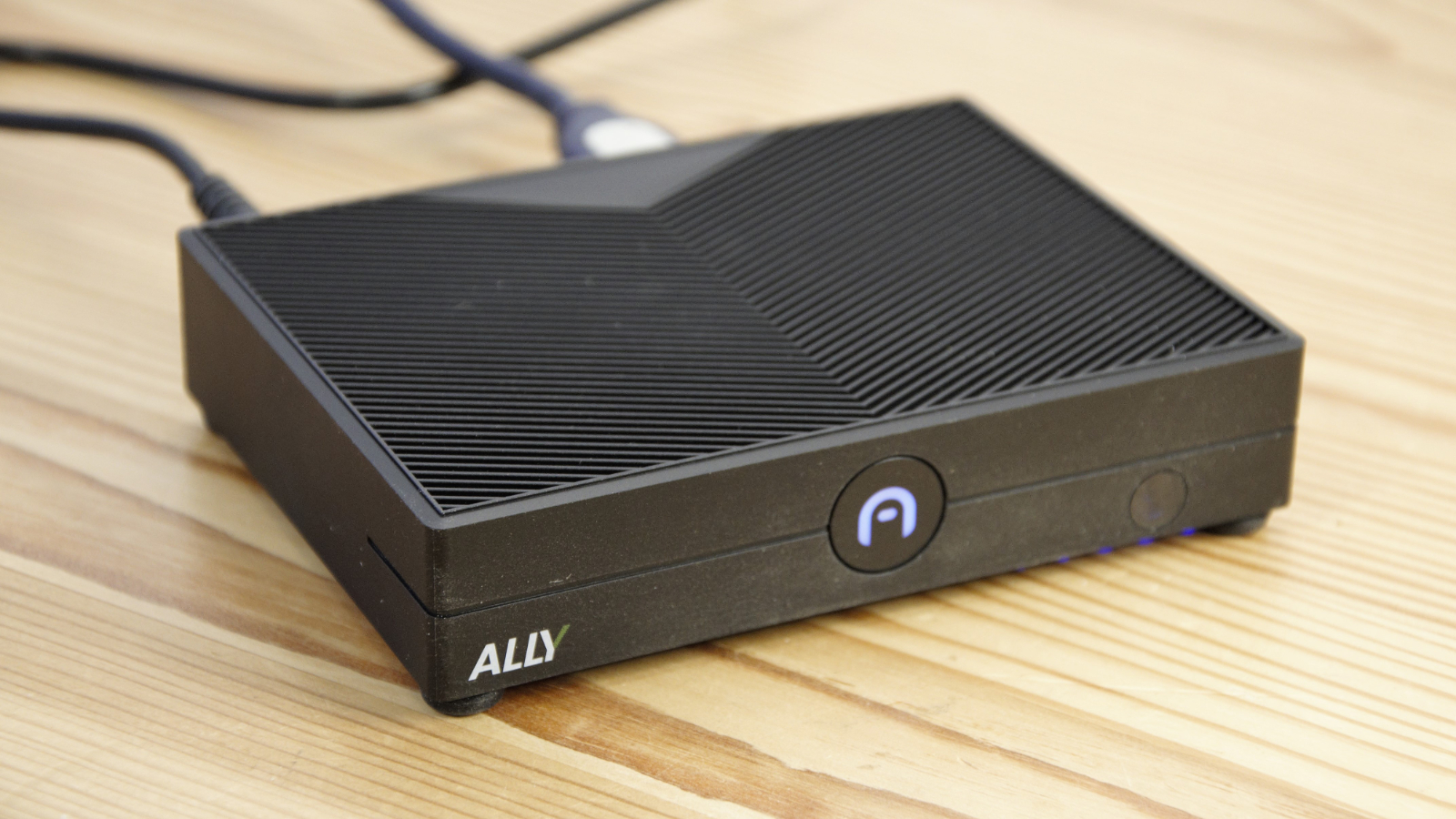
- Software issues
- Performance problems
- Lacklustre
| Benchmark | Test | Score |
|---|---|---|
| 3DMark: | WildLife: | 260 |
| Slingshot OGL: | 1771 | |
| Slingshot Ex. OGL: | 1125 | |
| Slingshot Ex. Vulkan: | 1035 | |
| PC Mark 10: | Office Test: | 5812 |
Firstly, this isn’t the typical selection of tests for a Mini PC or even an Android phone. The test selection has also been altered as lots of apps didn’t work correctly or wouldn’t install.
What did work was 3DMark and PCMark, but we had no success with GeekBench or GFX.
Geekbench wouldn’t install, and GFX would run out of memory on each test.
These results are way below what we’d expect from a modern tablet running the MediaTek Helio G99 SoC, and the SM6125 Snapdragon 665 is a fraction of that performance level.
To put this in perspective, the Unihertz Titan Slim, which uses the Helio P70, still managed a Wildlife score of 735. Triple that of this unit.
The only phone we’ve seen recently slower than this was the Ulefone Armor 16 Pro, which used the Helio G25.
The same SoC is utilised in the Xiaomi Redmi Note 8, among other cheap phones, and one of those can be bought for around £150. What’s interesting about the Snapdragon 665 is that when used in a phone, its critical feature is its power efficiency, giving good battery life. Which begs the obvious question of why you might put it in a device with no battery?
Whatever the answer might be, it wasn’t to go quickly.
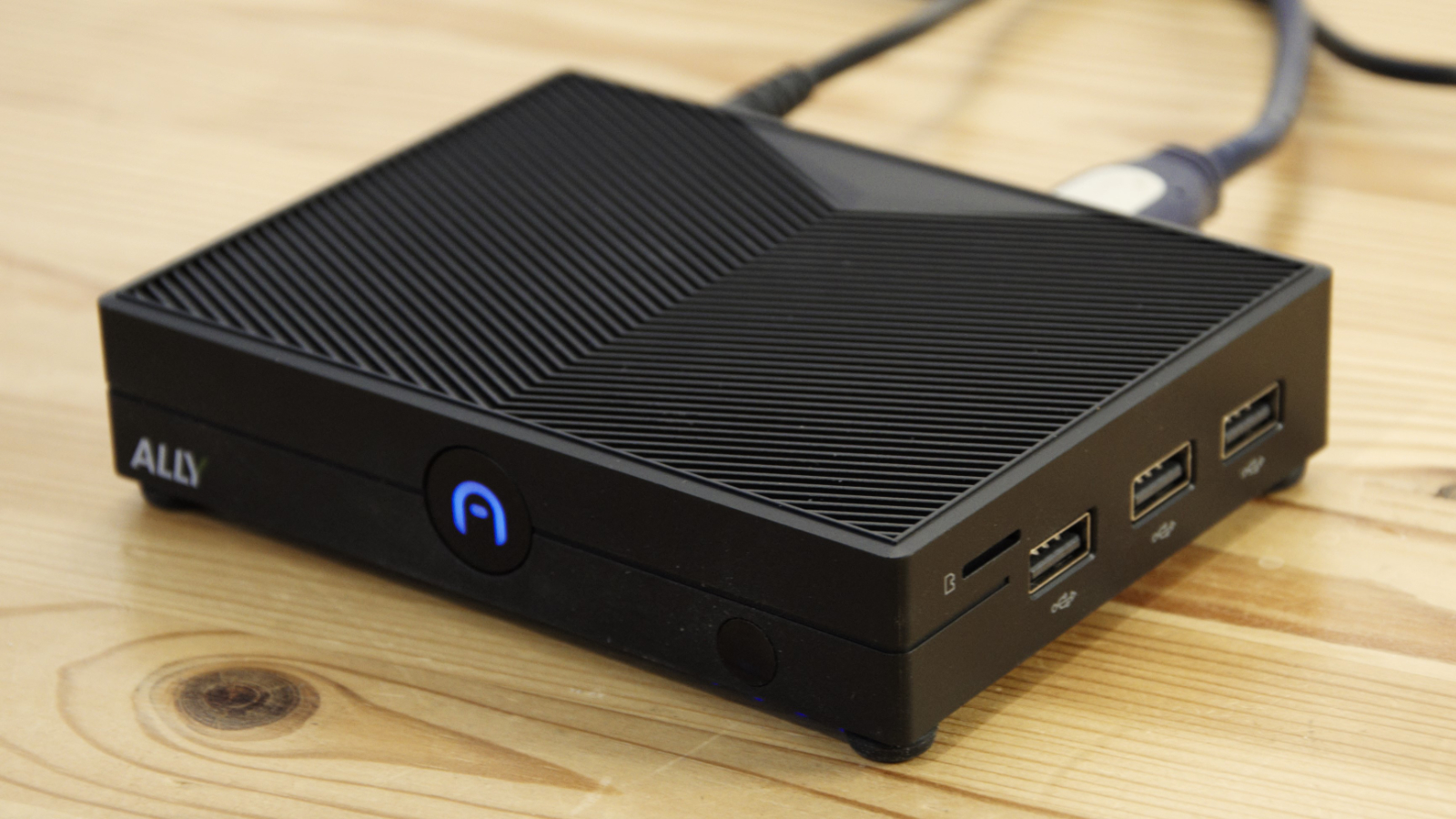
- Performance: 2 / 5
Azulle Ally: Verdict
The Ally isn’t a pal that most people will want, as the due diligence needed for Android isn’t apparent. The hardware seems fine, if modest by today's standards, but the version of Android 10 it uses has more holes than Swiss cheese.
That makes it significantly less useful unless you are an Android expert.
The bigger problem here is that numerous Android tablets around cost a very similar amount, have a later and more polished version of Android on them, and have much higher-performance hardware. Why you would buy this over them is a question we can’t answer. If this was much cheaper, like half the price, and it had a fully implemented version of Android 13, then it might be conceivably a valid choice.
But as it stands, this is an overpriced, underspecified and poorly implemented solution.
Should you buy a Azulle Ally?
| Value | Expensive for cheap phone technology | 2 / 5 |
| Design | It’s a box with no easy way inside and no active cooling. | 2 / 5 |
| Hardware | Lots of USB ports, but the version of Android 10 has no app store and seems to think it’s a phone. | 2 / 5 |
| Performance | Underwhelming | 2 / 5 |
| Overall | Not of sufficiently high enough quality or value to recommend. | 2 / 5 |
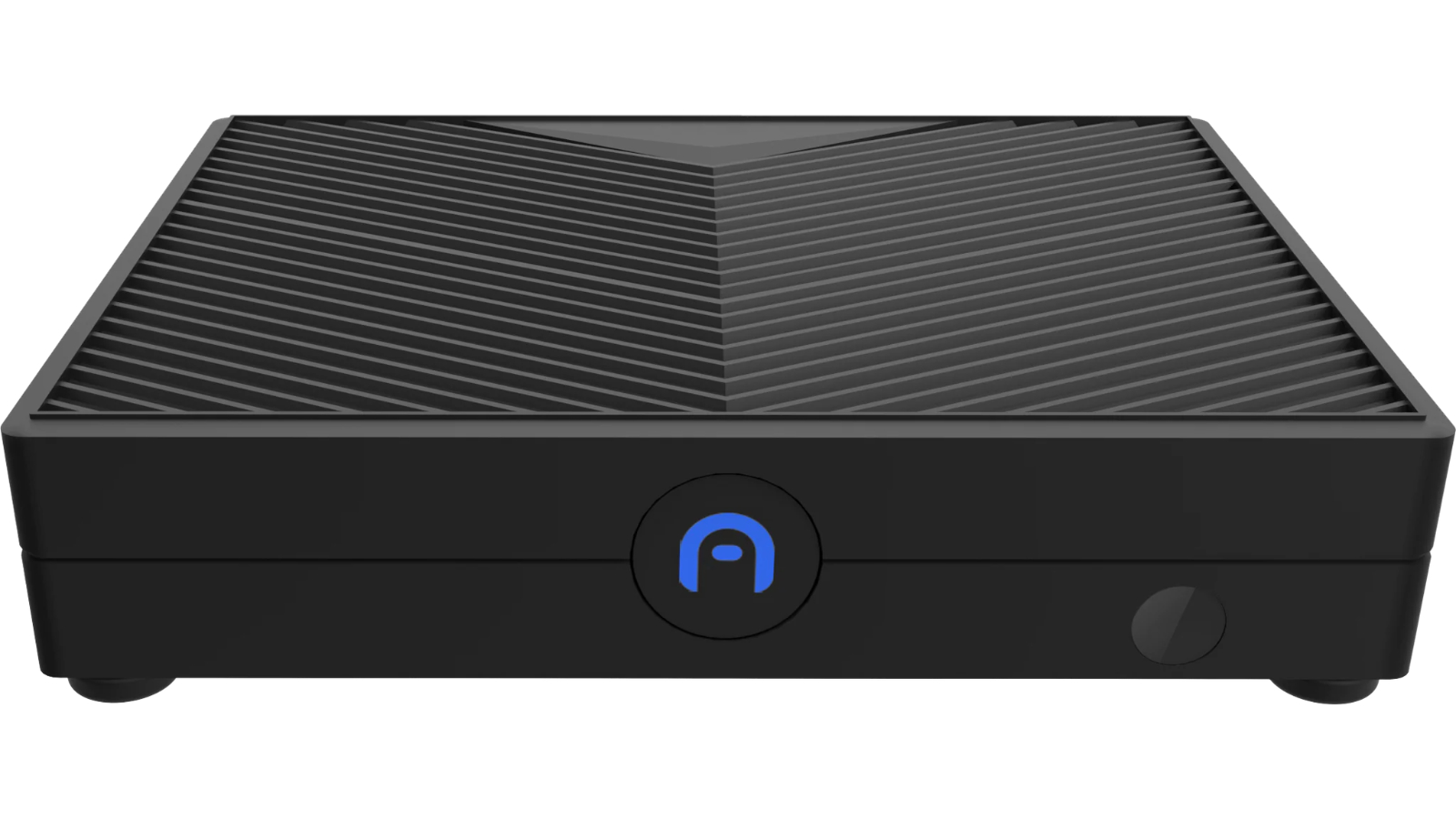
Buy it if...
You enjoy tinkering
Merely getting software onto this device isn’t easy; getting it to run reliably might prove impossible. Those who are hardcore Android developers might enjoy the challenge or just create a replacement distribution out of curiosity.
Don't buy it if...
You are expecting typical Android
Without many apps and with no simple means to install more, this isn’t the sort of Android you would expect on a phone or tablet in 2023. There are cheaper and easier ways to have Android run as an embedded device than this.
You want a Mini PC
While it might look like a Mini PC, this is a phone with some of the features left out. This doesn’t have the power to run most web-based applications, and it doesn’t even come with a recognisable browser.
Also consider
NiPoGi AK2 Plus Mini PC
Cheaper than the Azulle Ally, the NiPoGi AK2 Plus Mini PC is a true Intel-based system using the N100 processor and sporting 16GB of DDR4 memory and 512GB of storage. It might use slightly more power than the Ally, but it runs Windows 11, and its HDMI ports can output 4K.
Check out our NiPoGi AK2 Plus Mini PC review.
Beelink U59 Mini PC
Another low-powered NUC design, but with the easy ability to upgrade both the memory and M.2 storage. But the bonus here is more USB 3.2 Gen1 ports, and a USB-C port (Gen1) included. Another selling point to anyone wanting a dedicated Firewall is that the U59 comes with two Ethernet ports.
Check out our Beelink U59 Mini PC review
If this Mini PC doesn't fit your requirement, check out our selection of the Best Mini PCs
Mark is an expert on 3D printers, drones and phones. He also covers storage, including SSDs, NAS drives and portable hard drives. He started writing in 1986 and has contributed to MicroMart, PC Format, 3D World, among others.
